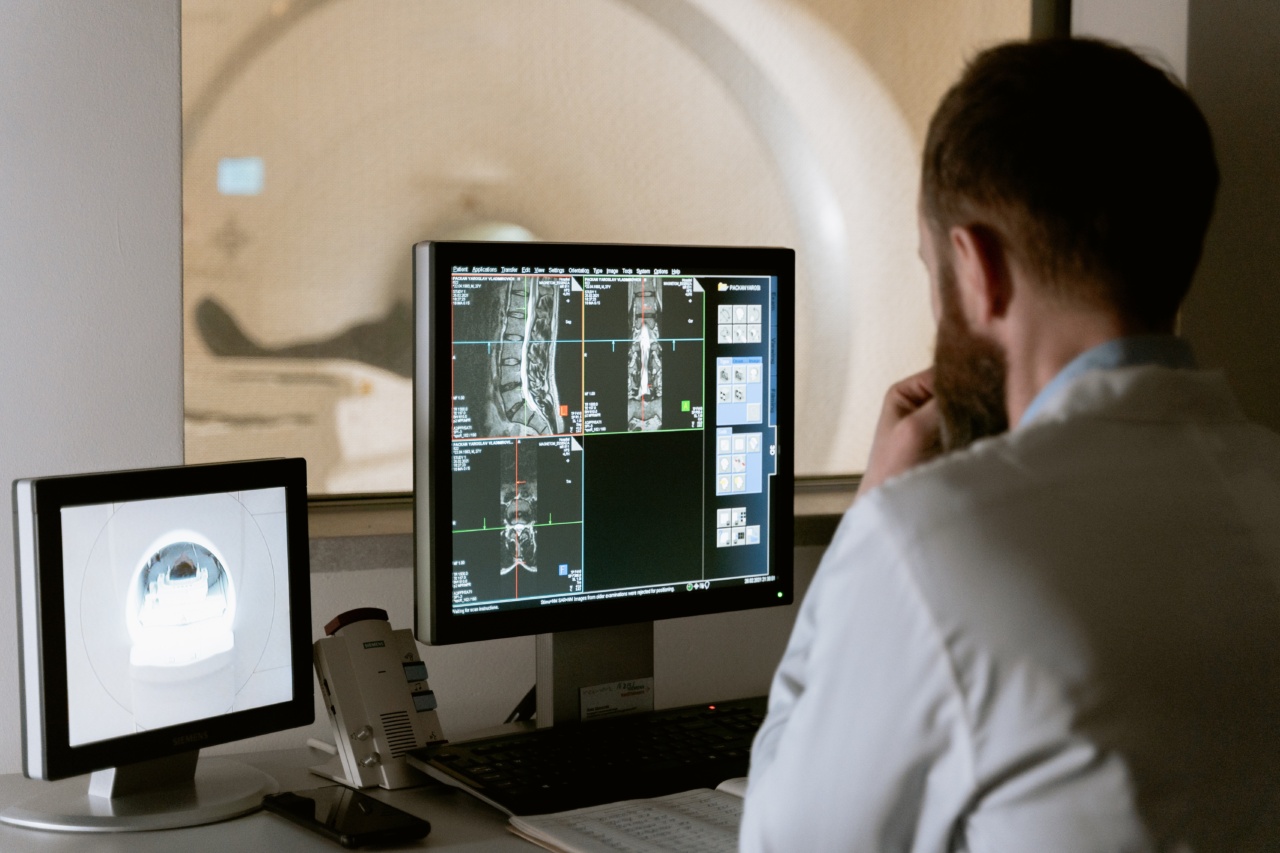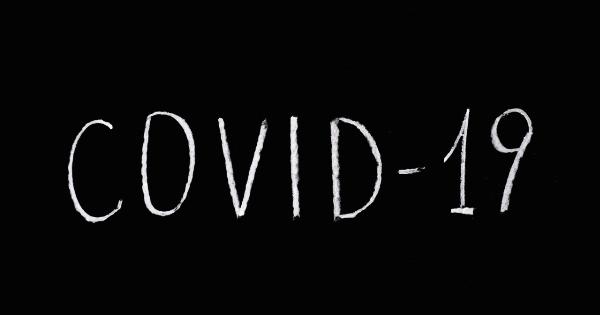Venous diseases refer to any condition that affects the veins, which are responsible for carrying blood back to the heart.
These conditions can range from mild, such as varicose veins, to more severe, such as deep vein thrombosis (DVT) or pulmonary embolism (PE). Screening tests for venous diseases are important to identify potential issues early on, which can improve outcomes and prevent the development of complications.
Types of Screening Tests
There are a variety of screening tests available to diagnose venous diseases. These tests can include:.
Ultrasound
An ultrasound uses high-frequency sound waves to create images of the veins in the legs, arms, or other areas of the body. This test can identify abnormalities in blood flow or identify potential blockages.
An ultrasound is typically the first test used to diagnose DVT, as it is non-invasive and can provide real-time images of the affected area.
Magnetic Resonance Imaging (MRI)
Using a powerful magnet and radio waves, an MRI can produce detailed images of the veins and surrounding tissues. This test is often used when an ultrasound is inconclusive or when additional information is needed.
It can also identify blood flow abnormalities or potential blockages in the veins.
Computed Tomography (CT) Scan
This test uses x-rays and computer technology to produce cross-sectional images of the body. It can provide detailed images of the veins and surrounding tissues, which can help diagnose venous diseases.
It is often used when an ultrasound or MRI is inconclusive or when additional information is needed.
What to Expect During a Screening Test
The specific instructions for each screening test will vary based on the type of test being performed. Generally, these tests are non-invasive and do not require any preparation.
An ultrasound typically takes about 30-60 minutes to complete and involves the use of a small handheld device that is moved over the affected area. An MRI or CT scan can take longer and requires the patient to remain still while the images are being produced.
Benefits of Screening Tests
Screening tests for venous diseases are important to identify potential issues early on, which can improve outcomes and prevent the development of complications.
Early diagnosis of a venous disease can also make treatment more effective, as it may be easier to address the issue before it becomes more severe. Additionally, screening tests can provide peace of mind, as patients can be reassured that they do not have any underlying venous conditions.
Risks of Screening Tests
There are minimal risks associated with screening tests for venous diseases. Generally, these tests are non-invasive and do not require any preparation. However, some patients may experience discomfort or pain during an ultrasound or MRI.
Additionally, patients who undergo a CT scan may be exposed to a small amount of radiation.
Conclusion
Screening tests for venous diseases are an important tool in diagnosing potential issues early on, which can improve outcomes and prevent the development of complications.
These tests are typically non-invasive, and there are minimal risks associated with them. If you are experiencing symptoms of a venous disease or are at risk for developing one, talk to your doctor about whether a screening test may be right for you.





























